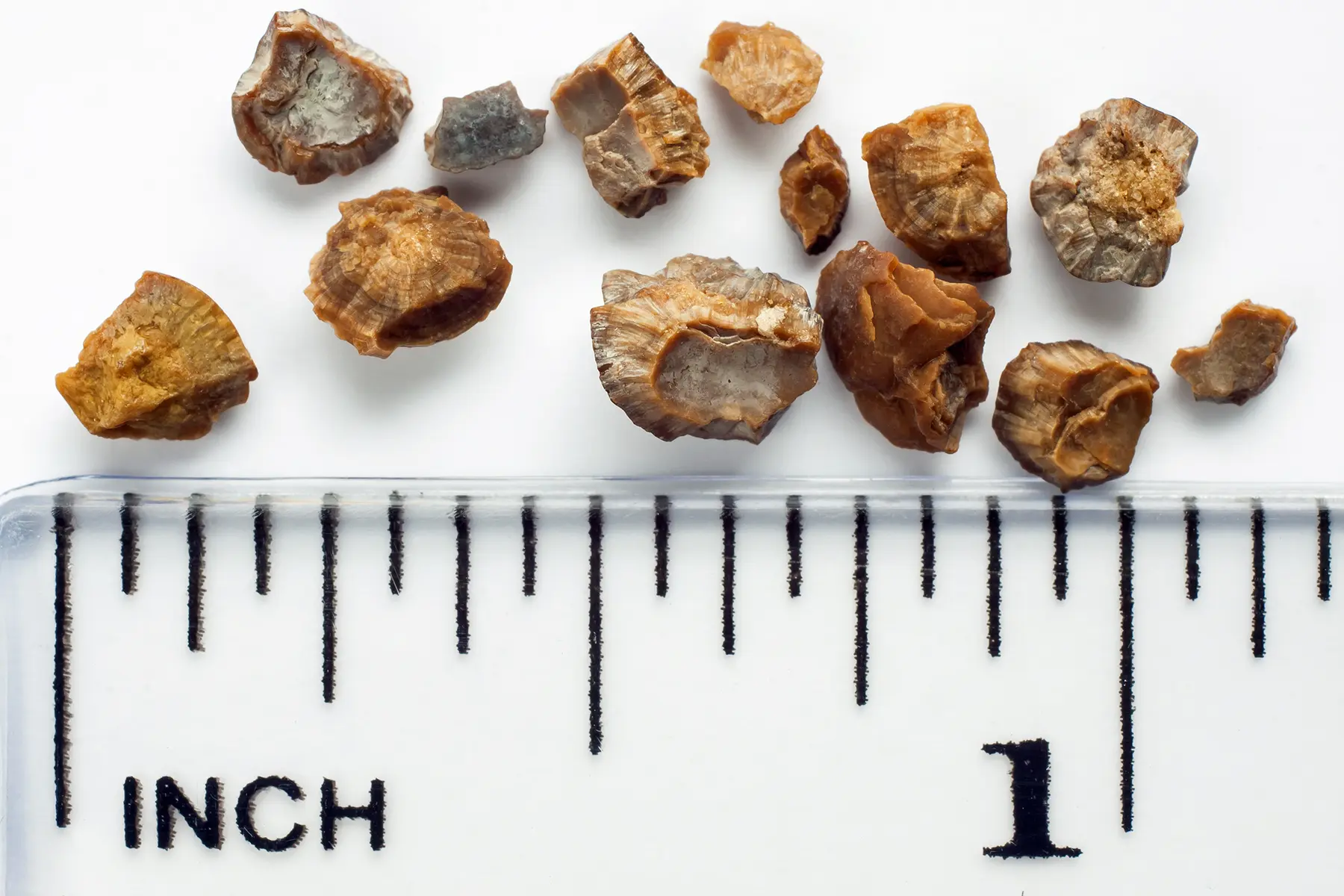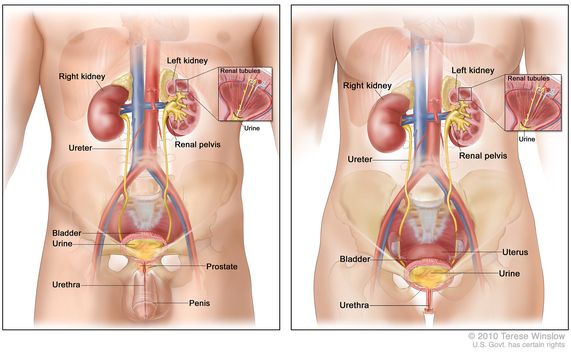Navigating the Symptoms of Kidney Stones vs UTI: A Comprehensive Contrast
Navigating the Symptoms of Kidney Stones vs UTI: A Comprehensive Contrast
Blog Article
A Comparative Research of the Danger Elements and Prevention Techniques for Kidney Stones and Urinary Tract Infections: Insights for Better Health And Wellness
The enhancing prevalence of kidney stones and urinary tract infections (UTIs) necessitates a closer assessment of their interrelated danger aspects and avoidance approaches. Both problems, commonly influenced by way of life choices such as hydration, weight, and diet plan monitoring, highlight a critical intersection in wellness promotion. By recognizing and addressing these shared vulnerabilities, we can develop much more reliable methods to mitigate the dangers connected with each. What ramifications might these insights have for public health and wellness initiatives and personal wellness administration? The answer might improve our understanding of preventative treatment.
Review of Kidney stones
Kidney stones are a typical urological problem, impacting around 10% of individuals at some time in their lives. These solid mineral and salt deposits develop in the kidneys when urine ends up being focused, enabling minerals to crystallize and bind together. The composition of kidney stones varies, with calcium oxalate stones being one of the most widespread, adhered to by uric acid, struvite, and cystine stones.
Risk elements for the advancement of kidney stones consist of dehydration, dietary practices, excessive weight, and certain clinical problems such as hyperparathyroidism or metabolic disorders. Signs and symptoms of kidney stones can range from moderate pain to extreme discomfort, typically offering as flank discomfort, hematuria, and urinary system urgency.

Recognizing Urinary System System Infections
Urinary system infections (UTIs) stand for a common clinical condition, especially among ladies, with about 50-60% experiencing a minimum of one UTI in their life time - Kidney Stones vs UTI. UTIs happen when bacteria enter the urinary system, causing swelling and infection. This condition can influence any type of part of the urinary system, consisting of the kidneys, ureters, bladder, and urethra, with the bladder being one of the most typically influenced website
The scientific discussion of UTIs usually consists of symptoms such as dysuria, increased urinary regularity, seriousness, and suprapubic discomfort. Sometimes, people may experience systemic signs and symptoms such as fever and cools, showing a more extreme infection, potentially including the kidneys. Diagnosis is mostly based on the presence of signs and symptoms, supported by urinalysis and urine society to determine the original microorganisms.
Escherichia coli is one of the most typical microorganism connected with UTIs, representing about 80-90% of situations. Threat elements include anatomical tendencies, sex, and particular medical conditions, such as diabetic issues. Comprehending the pathophysiology, medical manifestations, and diagnostic standards of UTIs is vital for effective administration and avoidance techniques in at risk populations.
Shared Risk Factors
Numerous common danger aspects contribute to the development of both kidney stones and urinary system infections (UTIs), highlighting the interconnectedness of these two problems. Dehydration is a popular danger element; insufficient liquid consumption can cause concentrated pee, promoting the development of kidney stones and developing a favorable setting for bacterial development, which can precipitate UTIs.

Changes in estrogen degrees can affect urinary system system view it health and wellness and stone development. In addition, obesity has been identified as a common threat variable, where excess weight can lead to metabolic modifications that prefer both kidney stone advancement and urinary system tract infections.
Avoidance Approaches
Comprehending the shared risk aspects for kidney stones and urinary system system infections emphasizes the importance of applying effective prevention techniques. Central to these strategies is the promotion of appropriate hydration, as adequate fluid intake dilutes pee, minimizing the concentration of stone-forming substances and minimizing the threat of infection. Healthcare specialists typically recommend drinking at least 2 to 3 litres of water daily, tailored to individual requirements.
Additionally, nutritional adjustments play a vital function. A well balanced diet reduced in salt, oxalates, and animal proteins can mitigate the development of kidney stones, while raising the consumption of fruits and veggies sustains urinary system system health and wellness. Routine monitoring of urinary pH and structure can additionally assist in recognizing tendencies to stone development or infections.
Furthermore, keeping appropriate hygiene techniques is vital, specifically in females, to prevent urinary system system infections. This consists of cleaning from front to back and urinating after intercourse. Lastly, for individuals with recurrent concerns, prophylactic treatments or medicines might be needed, guided by healthcare experts, to resolve particular risk elements properly. Generally, these avoidance techniques are important for reducing the occurrence of both kidney stones and urinary system system infections.
Way Of Living Modifications for Wellness
Executing specific way of life changes can significantly reduce the risk of creating kidney stones and urinary tract infections (UTIs) A balanced diet plays an important role; increasing fluid consumption, especially water, can weaken urine and aid avoid stone development as well as flush out microorganisms that may lead to UTIs.
Routine physical task is additionally vital, as it promotes look at this site total wellness and aids in maintaining a healthy weight, more reducing the threat of metabolic disorders related to kidney stones. Furthermore, practicing great hygiene is crucial in protecting against UTIs, especially in women, where cleaning methods and post-coital urination can play preventative duties.
Avoiding excessive high levels of caffeine and alcohol, both of which can exacerbate dehydration, is recommended. Normal clinical check-ups can assist monitor kidney function and urinary health, determining any type of early indications of issues. By taking on these lifestyle modifications, individuals can enhance their overall health while efficiently minimizing the danger Discover More Here of kidney stones and urinary system infections.
Conclusion
In final thought, the comparative evaluation of kidney stones and urinary system system infections underscores the importance of common threat aspects such as dehydration, nutritional practices, and obesity. Executing reliable prevention methods that focus on ample hydration, a balanced diet plan, and regular physical activity can reduce the incidence of both problems. By dealing with these common components through way of living adjustments and enhanced hygiene techniques, individuals can improve their general wellness and reduce their vulnerability to these widespread health and wellness concerns.
The increasing occurrence of kidney stones and urinary system infections (UTIs) necessitates a more detailed exam of their related threat variables and prevention strategies - Kidney Stones vs UTI. The composition of kidney stones varies, with calcium oxalate stones being the most prevalent, adhered to by uric acid, struvite, and cystine stones
Therapy alternatives differ based on the dimension and kind of the stone, ranging from traditional monitoring with increased liquid intake to medical treatment like lithotripsy or medical removal for bigger stones. Furthermore, excessive weight has actually been identified as a typical danger aspect, where excess weight can lead to metabolic adjustments that prefer both kidney stone advancement and urinary tract infections.Comprehending the common danger aspects for kidney stones and urinary tract infections emphasizes the value of executing efficient prevention strategies.
Report this page